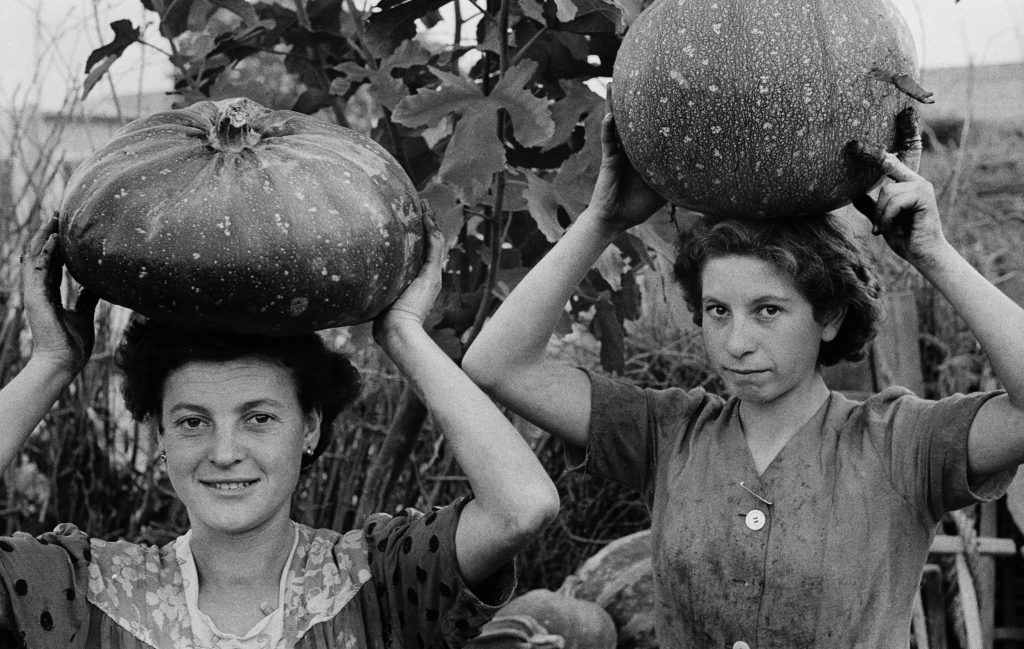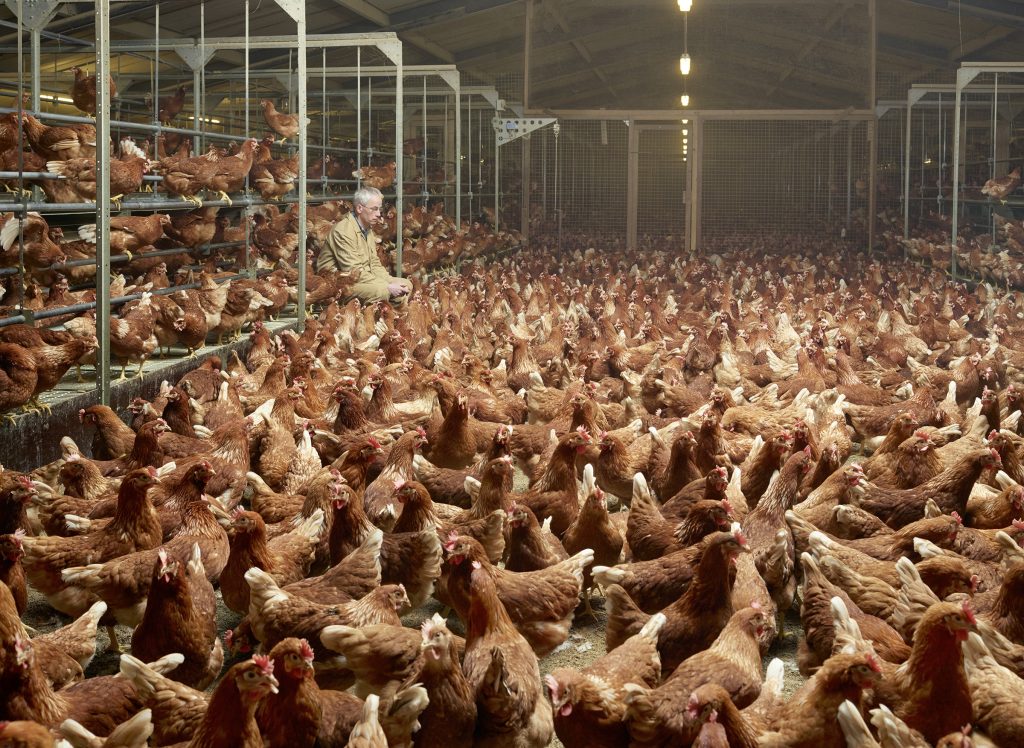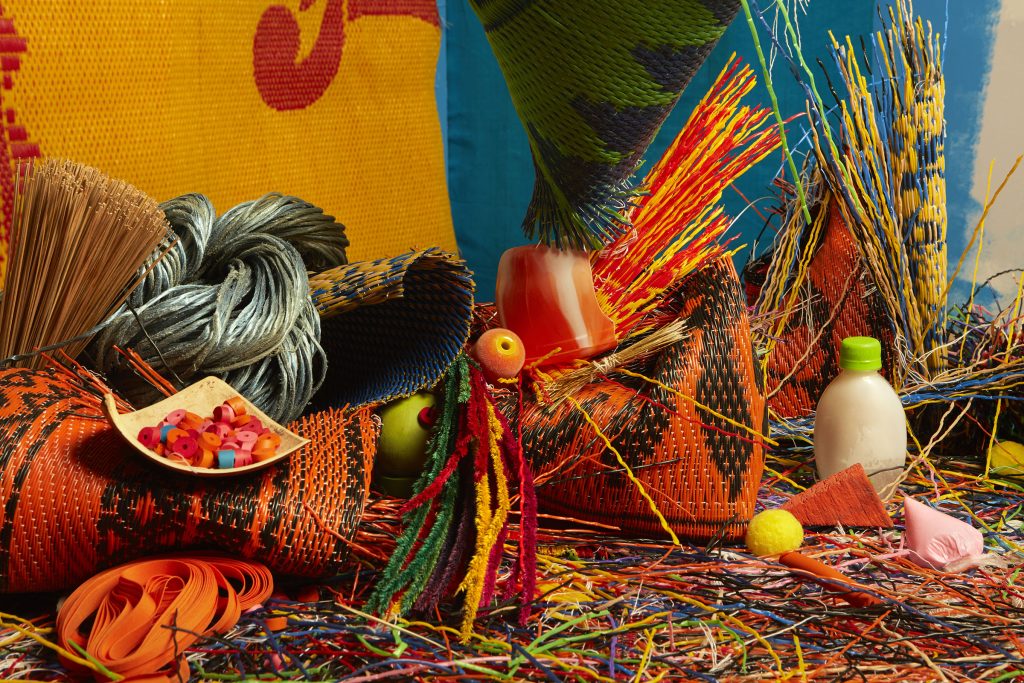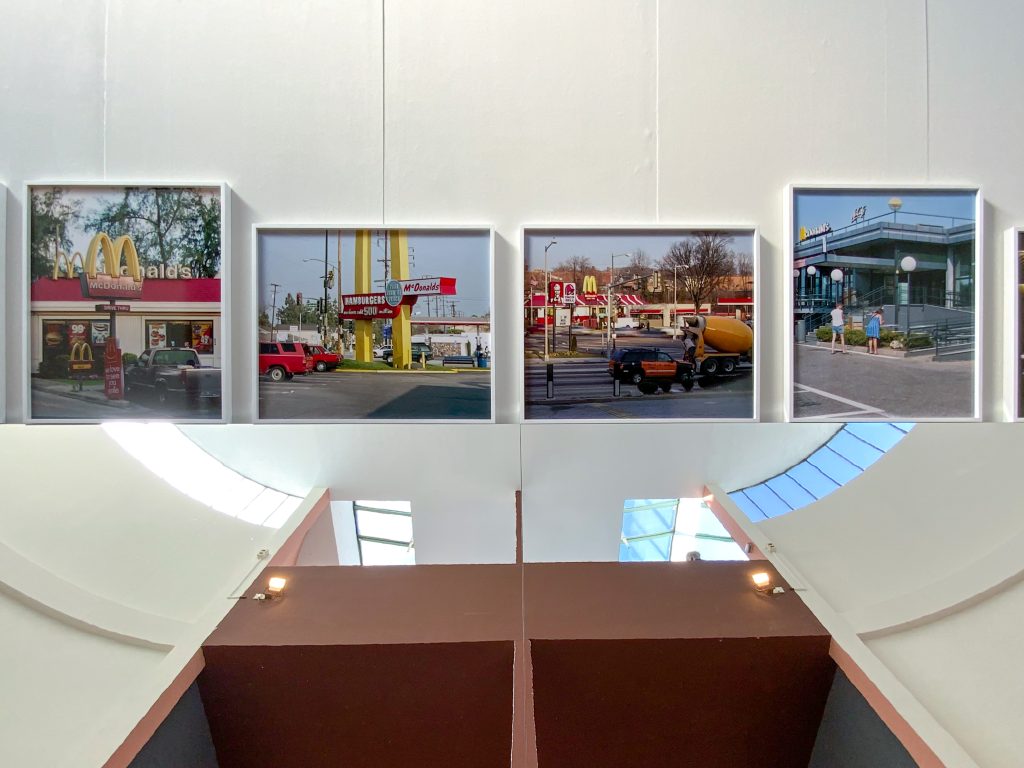Exploring the 2021 Biennale Foto/Industria in Bologna
Uncovering impressive imagery at the fifth edition of the Italian photography festival

Since 2013, the Biennale Foto/Industria of Bologna, Italy, has invited visitors to discover photography through the eyes of art. In this fifth edition, several themes flutter within the fair’s 11 free exhibitions throughout the city, curated by Francesco Zanot. First, food is often the protagonist in the imagery. Second, the continuous passage of industry, or people at work between the past, present and future, represents another key attribute. Visiting the various venues of the biennale to select the below highlights, we were able to admire established artists and discover the emerging talent steering the future of the craft, all as we rediscovered Renaissance palaces, explored new architecture, moved through traditional installations and were surprised by exciting fusions of photography and sculpture.

Ando Gilardi
Our exploration began at the headquarters of the MAST Foundation, the philanthropic organization that has organized and financed the event since its founding. In this 25,000-square-meter building, we walked among works by Anish Kapoor and Olafur Eliasson. We also discovered a series of installations that narrated the evolution of mechanics and engineering. The work of Ando Gilardi, a multifaceted photographer who has also been involved in history, criticism and publishing, is another focus here.

In 1959, Gilardi founded the Fototeca Storica Nazionale, a photographic archive dedicated to documenting the development of society, work and daily life. In addition to collecting existing images, his project involved photographing everyday objects, such as tin cans, water bottle labels and tissues that wrapped oranges in addition to magazines, postcards, stamps and sacred images. The exhibition even includes a selection of Gilardi’s reportages dedicated to the humblest of jobs, with a particular focus on food preparation.

Henk Wildschut
With the work of Dutch photographer and activist Henk Wildschut, we were catapulted into scenes of today’s industrial production of food. His colorful, hyper-realistic images reveal powerful stories that trigger thought and emotion. Wildschut often presents the living conditions of farm animals and the people who care for them. These are not shocking images; on the contrary, they’re compelling through their rigorous, geometric composition—and they encourage viewers to read the accompanying text to learn more about industries needing significant change.

Mishka Henner
In the frescoed rooms of Palazzo Zambeccari, Belgian photographer Mishka Henner presents three projects, all originating from existing images and united under the title In the Belly of the Beast. First, Henner’s Feedlots series is composed of large-format photographs created by aggregating thousands of pictures taken from Google Maps, as the photographer searched for livestock farms. Second, YouTube acts as the source of Scope, a series of surreal videos in which animals of all kinds swallow cameras. Finally, the Fertile Image series incorporates hundreds of portraits of non-existent animals created through automatic image generation software. Together, the three are a powerful rumination.

Lorenzo Vitturi
Lorenzo Vitturi‘s work skillfully blends photography, sculpture and reportage. In the majestic baroque halls of Palazzo Pepoli Campogrande, Vitturi presents Money Must Be Made, a 2017 series made in Lagos, Nigeria. In Bologna, this series becomes the centerpiece of an impressive sculptural installation. Vitturi spent many hours in Balogun, one of the largest street markets in the world, photographing people, places and objects (including many used for cooking, eating and transporting food), but he also collected many materials that later became the subject of the surreal still life works he now displays.

Takashi Homma
Because of its themes and location, Japanese photographer Takashi Homma’s M+Trails is one of the most impressive spectacles within the biennale. This two-part exhibition occupies the Pavilion of the Esprit Nouveau, a 1922 project by Le Corbusier and Pierre Jeanneret, built in 1977 and restored in 2017. Of the two components, the one entitled M reveals that Homma photographed hundreds of McDonald’s buildings worldwide, searching for similarities and differences. The exhibition design makes extensive use of tilted mirrors, creating an inspiring interplay of references between the photograph and physical space, which further emphasizes the idea of constant replication.

Homma’s second project, Trails, combines painting and photography. In canvases and prints, viewers see traces of blood on snow, a fascinating and disturbing attribute. These are the visual references and remains of deer hunting in Hokkaido’s mountains, which has been made necessary by the dizzying increase in their presence.
Foto/Industria 2021 will be open to the public until 28 November, accompanied by a rich program of events, talks and guided tours with the photographers, a roster of talent that also includes Maurizio Montagna, Hans Finsler, Herbert List, Bernard Plossu, Mishka Henner, Vivien Sansour and Jan Groover.
Hero image courtesy of MAST Foundation












